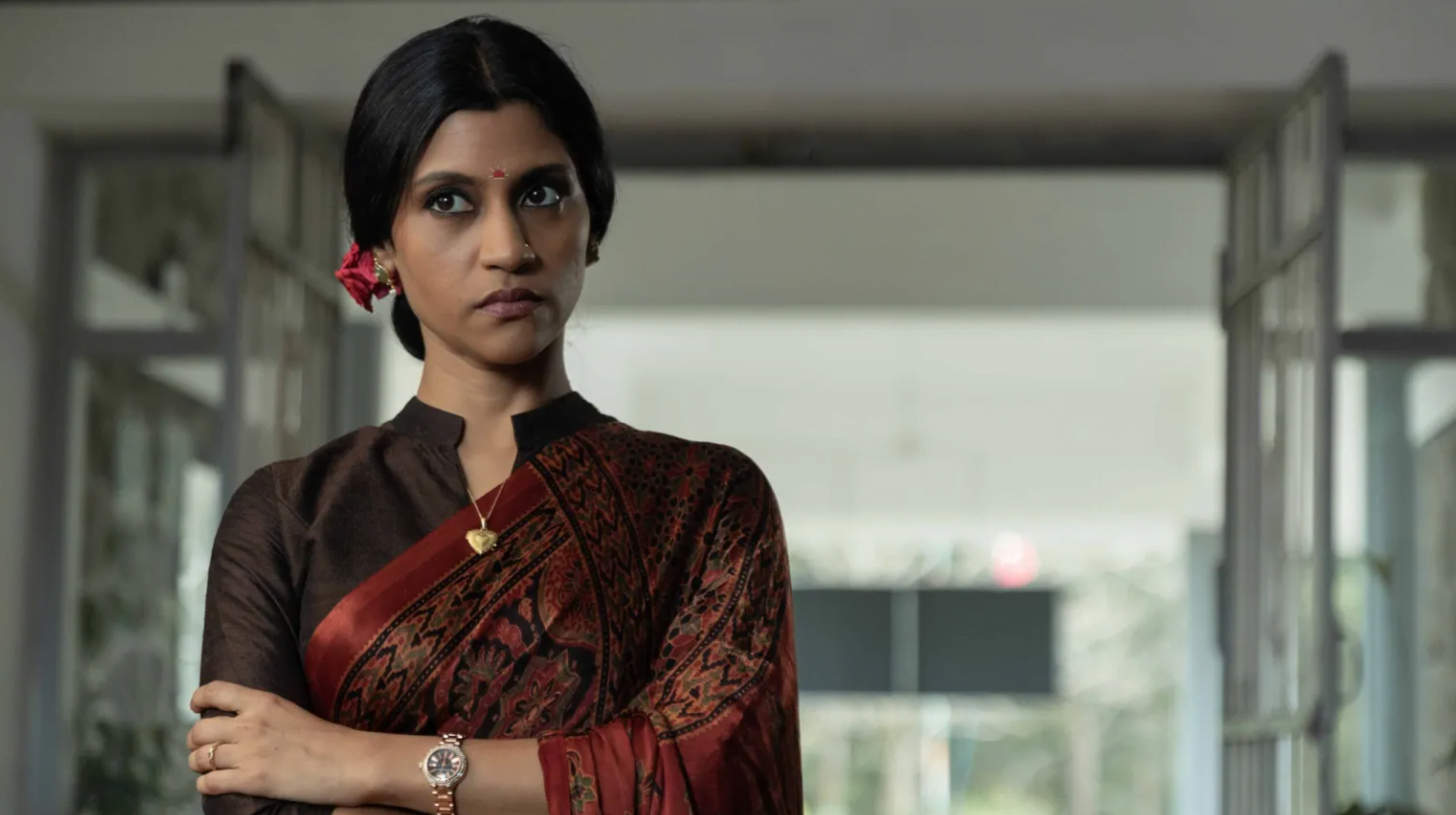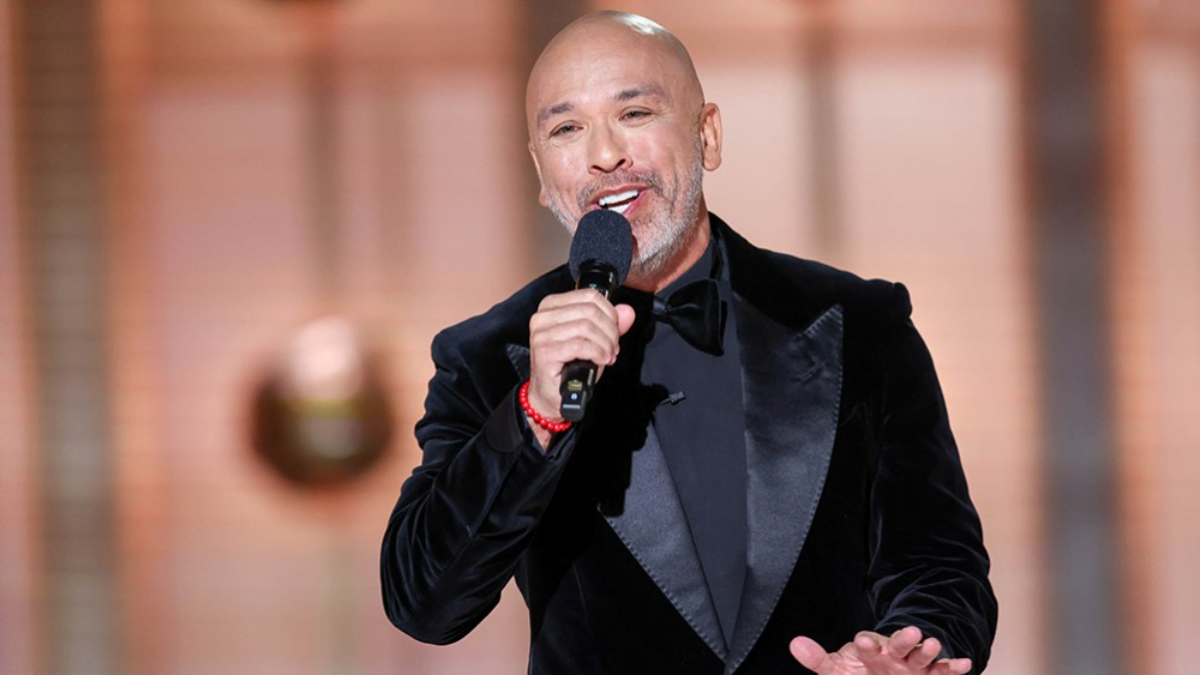The discourse of the media has idealised the thin figure with a narrow waist and skinny thighs as the perfect female body and has brought about diverse scrutinies that have aimed at educating the media industry on the dangerous implications on women’s morale. However, among such representations of beauty ideals, the depictions of fat women in the advertising industry are occasional, rare, and stereotyped.
The appearances of these women in specific themes of weight and size have considerably limited their performance in the cultural fields. The ideologies mapped on fat women’s bodies in Indian advertisements place them outside of humankind. I am using the term “fat” because it is an accepted term in the academic field, and Fat Studies is an interdisciplinary academic discipline that engages with discourses surrounding fat bodies. This article will also gain an intersectional understanding of how women are situated in fat representations.
The discourse of the media has idealised the thin figure with a narrow waist and skinny thighs as the perfect female body and has brought about diverse scrutinies that have aimed at educating the media industry on the dangerous implications on women’s morale. However, among such representations of beauty ideals, the depictions of fat women in the advertising industry are occasional, rare, and stereotyped.
Let’s take the Lipton Green Tea advertisement as an example to understand the discourses surrounding fat bodies. The Lipton Green Tea advertisement portrays a woman trying to lose belly fat and guilty of having consumed samosa during her dieting period. She is later consoled by a fellow fit woman to drink Green Tea regularly as it is scientifically proven that it helps in reducing belly fat.
One of the starting points for the binary of fat and slim and the negative connotations surrounding fat bodies can be ascribed to the colonial cultural texts perceiving the colonised bodies with disgust. In his work “Fat, Desire and Disgust in the Colonial Imagination”, Christopher E. Forth discusses this. Against the virtues and core values of western civilisation, people desiring fat were categorised as ‘savage’ and ‘uncivilised’. The critique of corpulence perceived the fat as individuals with moral defects and indolence soon appeared in cultural texts such as beauty manuals, diet plans, weight-loss guides, and ethnographic books.
The discourse of corpulence linked such bodies with environmental factors. Physicians even warned British travellers to pay attention to diets when visiting hot places like Africa and India. The European corpulence discourse was informed by religion as well. Owing to such interpretations, accounts of colonial fat bodies served as cautionary tales regarding the beauty of western women’s bodies.
One of the starting points for the binary of fat and slim and the negative connotations surrounding the fat bodies can be ascribed to the colonial cultural texts perceiving the colonised bodies with disgust.
In her work Images of the ‘Modern Woman’ in Asia, Shoma Munshi explores gender in media in the Asian context and gives insights into India as well. In India, until the 1970s and 1980s, the appearance of voluptuous women on-screen was common and normal. The 1980s witnessed Indian actresses with voluptuous figures like Dimple Kapadia and Sridevi in Himmatwala (1983). But the 1990s welcomed a changed definition of Indian beauty brought by western influence. The bodies came to be seen through the professional lens that desired perfectly shaped, well-toned and exercised bodies.
Since then, the media industry has been foremost in idealising women’s bodies by setting up standard beauty definitions. While the objectification of women as having a narrow waist and skinny thighs has been rendered problematic through feminist theories, mainly the second-wave feminist movement that has engaged with the possible impacts of beauty ideals, the understanding needs to expand and focus on the bodies of Indian fat women.
Appearance in specific contexts
Weight management, a healthy diet, nutritious food, and outer and inner beauty are some of the contexts that regularly feature fat women. Lipton Green Tea advertisement places the concerned character within the specific contexts of beauty and weight management.
in his work “Fat, Desire and Disgust in the Colonial Imagination”, Christopher E. Forth discusses this. Against the virtues and core values of western civilisation, people desiring the fat were categorised as ‘savage’ and ‘uncivilised’. The critique of corpulence perceived the fat as individuals with moral defects and indolence that soon appeared in cultural texts such as beauty manuals, diet plans, weight-loss guides, and ethnographic books.
The physicality of the body is perceived as extra and excess, seen as a disappointment and understood as an obstacle to be rectified. In the ad, the context is further enhanced and made specific by the location, i.e., the park where people are jogging. Employment in such a location informs the viewers’ stereotypical understanding of weight management.
The camera then shows the woman’s deliberative expression and briefly looms over other women’s flat bellies that automatically render the snacks shop a hindrance. The food takes on a villainous character and is understood as the sole reason for weight issues. The samosa is seen as something to be ignored and another of “fat”.
This brings to attention the way the medical discourse informs the advertising and food industries. One can read about this in the book The Routledge International Handbook of Fat Studies. In medical care, the bodies are categorised based on the Body Mass Index (BMI), leading to several public health interventions. The relationship between public health and medical care might be responsible for the media industry producing languages such as “zero calories”, “excess”, “fat burnout”, etc. In India, The Times of India and Johnson and Johnson Private Limited launched the ‘Act Against Obesity’ campaign when public health professionals deduced that people in India do not show concerns about obesity, which can lead to a health crisis. Lipton Green Tea is marketed based on “scientifically proven” results.
The physicality of the body is perceived as extra and excess, seen as a disappointment and understood as an obstacle to be rectified. In the ad, the context is further enhanced and made specific by the location, i.e., the park where people are jogging. Employment in such location informs the viewers’ stereotypical understanding of weight management.
The previous Lipton Green Tea ads have attached nutritious terminologies to the product “zero calories”, “catechins”, “increased metabolism”, etc. Gyorgy Scrinis calls these nutritionally marketed foods. Such advertising strategies exaggerate the purpose of the product and even provoke unwanted expectations among consumers. Moreover, as this ad primarily concerns fat bodies, the ideology that is put forth is very much related to the potential image of the future self. In the end, Shraddha Kapoor’s presence acts as the future image of the concerned woman who is disappointed with her belly fat.
The classification of obesity as a disease has rendered all kinds of fat bodies, such as overweight, healthy, and curvy bodies, deviant, which has led to the homogenisation of fat bodies. The repeated representation of fat bodies in a specific context worsens homogenisation. Even though certain commercials attempt to break the dominant notions of physical appearance, they ultimately end up reiterating the stereotypical understanding.
John Berger explains that posters, pictures, and commercials are framed in a way that a viewer can quickly grasp the intended ideology within seconds of viewing it. Katariina Kyrölä, building upon L. Kent’s idea on how socially and culturally, fat is distanced from the physical self argues that “Fat is thus only ‘surface’, not an identity, and dieting is seen more as a revelation of the ‘true’ self in all its glory, slimness, and moral redemption.”
Feminist understanding of fat bodies
In a study conducted by UNICEF and Geena Davis Institute on Gender in Media titled “Gender Bias and Inclusion in Advertising in India”, it was determined that while Indian advertisements give more screen and speaking time to girls and women, their representation reinforces gender stereotypes. While 59.7% of females occupy the screen time, 56.3% dominate the speaking time.
However, the kind of roles that they frequently feature in are related to cleaning supplies and food and beauty products that primarily target female consumers. And when it comes to the depiction of smart and intelligent characters, 32.2% of males make appearances in such roles, whereas females get only 26.2% representation. An intersectional approach to understanding how fat women’s bodies are situated within humankind is necessary to address the nuances. The nuances are the diverse bodily experiences and unspoken narratives. If one traces the previous advertisements of Lipton Green Tea, all of them mostly feature female characters.
While applying the feministic lens to the western dualism of mind/body, Susan Bordo says that that which is not the body, the mind, is seen in an elevated position and attributed as the best and the highest. In contrast, the body “is the albatross, the heavy drag on self-realisation”. The mind/body split is thus imperative in understanding the relationship between the fat and the person.
Amy Erdman Farrell says that this helps in understanding the overidentification of women through physical traits and not through “the mind”. At the end of the Lipton Green Tea ad, the simultaneous presence of the ‘perfect and fit’ woman and the woman with belly fat serves as proof of the study conducted by UNICEF and GDI.
The study deduced that while female characters on-screen are mostly thin, men of varied-sized bodies make regular appearances in Indian advertising. This shows that fat women’s bodies mostly make appearances in specific themes pertaining to physical appearance.
Within the advertisement industry, multiple cultural discourses promulgate a gendered understanding of bodies. Weight-loss, cosmetics, and fashion industries can be considered the dominant cultural producers.
Also read: Love In The Time of Weight-Stigma
Sandra Lee Bartky calls the vast multifarious advertising industry’s working in parallel with consumer culture as the “fashion-beauty complex” that produces a narrowed understanding of femininity. Thereby, the ideologies that branch out through the multifaceted media industry act as patriarchal instruments. Building upon Simone De Beauvoir’s idea, she proposes that the objectification of women forms a duality in female consciousness. The “Other” is no other than herself. In the Lipton Green Tea commercial, the concerned woman is not given any dialogue, and we understand her dilemmas and issues through her expressions and bodily movements. Indeed her “other” is herself, whom she is able to envision only through the women in the park and the actor Shraddha Kapoor.
In certain advertising products, the ideologies that are disseminated therefore also construct, project and advertise a certain kind of female figure. There is a need to widen the narrow perspective people hold when they see and interact with fat bodies. When attempting to analyse the role of the advertising industry with the aim of educating it, one needs to realise that if ideologies have constructed an ideal figure and ridiculed and embarrassed fat bodies, then it is equally possible to deconstruct such images.
Also read: Fat Shaming: Why I Stopped Running
Rhea Choudhury is currently pursuing an MA in English and Cultural Studies from Christ University, Bangalore. She loves to explore food and watch recipe reels. Her area of interest lies in the intersection of Feminism and Fat studies, and she likes to talk with her friends about diversity issues.
Featured image source: @kylebuchanan on Twitter





“The discourse of the media has idealised the thin figure with a narrow waist and skinny thighs as the perfect female body… ”
Skinny thighs are very unattractive. So many girls today, while trying to be thin, look malnourished. On TV we see so many underweight models. They look ugly. Many women don’t realise that there is a difference between being skinny and having low percentage of body fat. You have to eat right, not less.